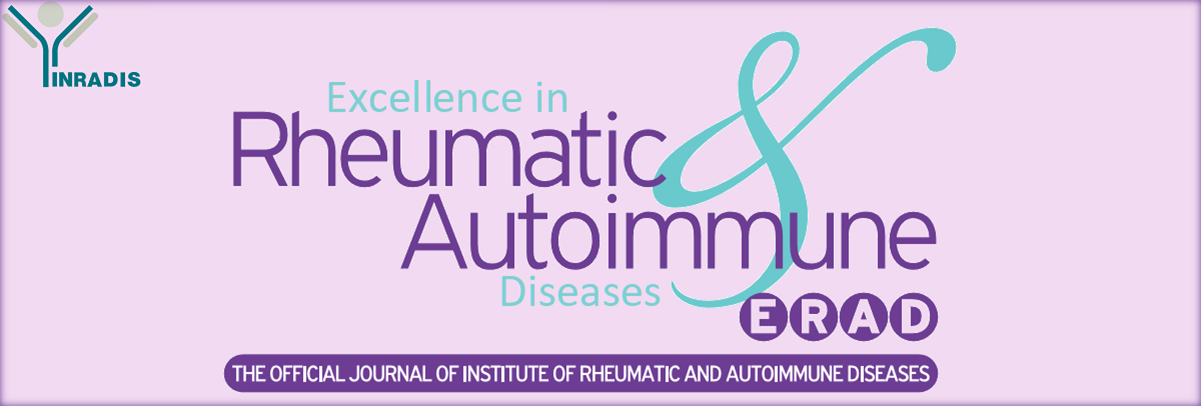


Expert Opinion
Epitope specificity of anti-beta2GPI IgG in APS: clinical relevance
Running title: anti-beta2GPI IgG in APS
Pier-Luigi Meroni
IRCCS Istituto Auxologico Italiano, Milan, Italy
Corresponding Author’s e-mail: pierluigi.meroni@unimi.it
Abstract
In the new ACR/EULAR APS classification criteria an entry criterion of at least one positive aPL test is included along with laboratory and clinical criteria, clustered into clinical and laboratory domains (Lupus Anticoagulant [LAC], and aCL and/or anti-β2glycoprotein-I (β2GPI) antibody IgG/M detected by ELISA). Patients accumulating at least three points from clinical and laboratory domains are classified as having APS. We discuss the mounting evidence that the epitope specificity of anti-β2GPI antibodies can offer additional diagnostic and prognostic information.
(Submitted 30 August 2023; accepted 01 September 2023)
Keywords– Antibody, ACR/EULAR, APL, diagnosis, LAC, prognosis
Introduction
aPL represent the example of a laboratory test that moved from dichotomous to quantitative/semiquantitative results consistent with the idea that aPL titer offers more diagnostic/prognostic information for both vascular and obstetric manifestations (1). The inclusion in the new classification criteria of two levels of aCL/aβ2GPI ELISA positivity (“moderate” and “high” titers) and the combined aCL IgG and aβ2GPI IgG positivity is consistent with the higher prognostic value of medium/high aPL levels and the main value of β2GPI-dependent antibodies. The definition of aPL “persistence” (two positive tests at least 12 weeks apart) was not changed in comparison with the previous criteria. The levels for “moderate” and “high” positivity apply to ELISA tests but not to others, e.g., new automated platforms. In particular, the higher sensitivity of chemiluminescence raises the issue of the real diagnostic/prognostic value of results close to the cutoff limits used for the other solid-phase assays.
Comparison studies among the different aPL solid-phase techniques are limited and report a similar specificity of the assays even though discrepancies can be found (personal data).
CONCLUSION
There is growing evidence that the epitope specificity of anti-β2GPI antibodies can offer additional diagnostic and prognostic information. For example, antibodies against domain (D)1 display higher diagnostic/prognostic value. While antibodies directed against D4,5 are more frequent in aPL-positive asymptomatic carriers.
*This is an outline of a lecture given at the 5th Panhellenic Polythematic Congress of Autoimmune Diseases, Rheumatology and Clinical Immunology, 1-3 September 2023, Nafplia, Greece
author contribution
The Author drafted the manuscript and revised the manuscript. The Author approved the final version of the manuscript.
Conflict of interest
There is no conflict of interest.
Conflict of interest
The Author declares no conflict of interest.
References
Barbhaiya M, Zuily S, Naden R, Hendry A, Manneville F, Amigo MC, et al ACR/EULAR APS Classification Criteria Collaborators. 2023 ACR/EULAR antiphospholipid syndrome classification criteria. Ann Rheum Dis. 2023 Oct;82(10):1258-1270. doi: 10.1136/ard-2023-224609. Epub 2023 Aug 28.PMID: 37640450
doi: 10.1016/j.autrev.2023.103356. Epub 2023 May 6.PMID: 37150488
Meroni PL, Borghi MO. Antiphospholipid Antibody Assays in 2021: Looking for a Predictive Value in Addition to a Diagnostic One. Front Immunol. 2021 Sep 21;12:726820. doi: 10.3389/fimmu.2021.726820. eCollection 2021.PMID: 34621272
Τα cookies είναι σημαντικά για την εύρυθμη λειτουργία του ιστοτόπου και την βελτίωση της online εμπειρίας σας. Πατήστε "Αποδοχή" για να συνεχίσετε!ΑποδοχήΠερισσότερες πληροφορίες 

